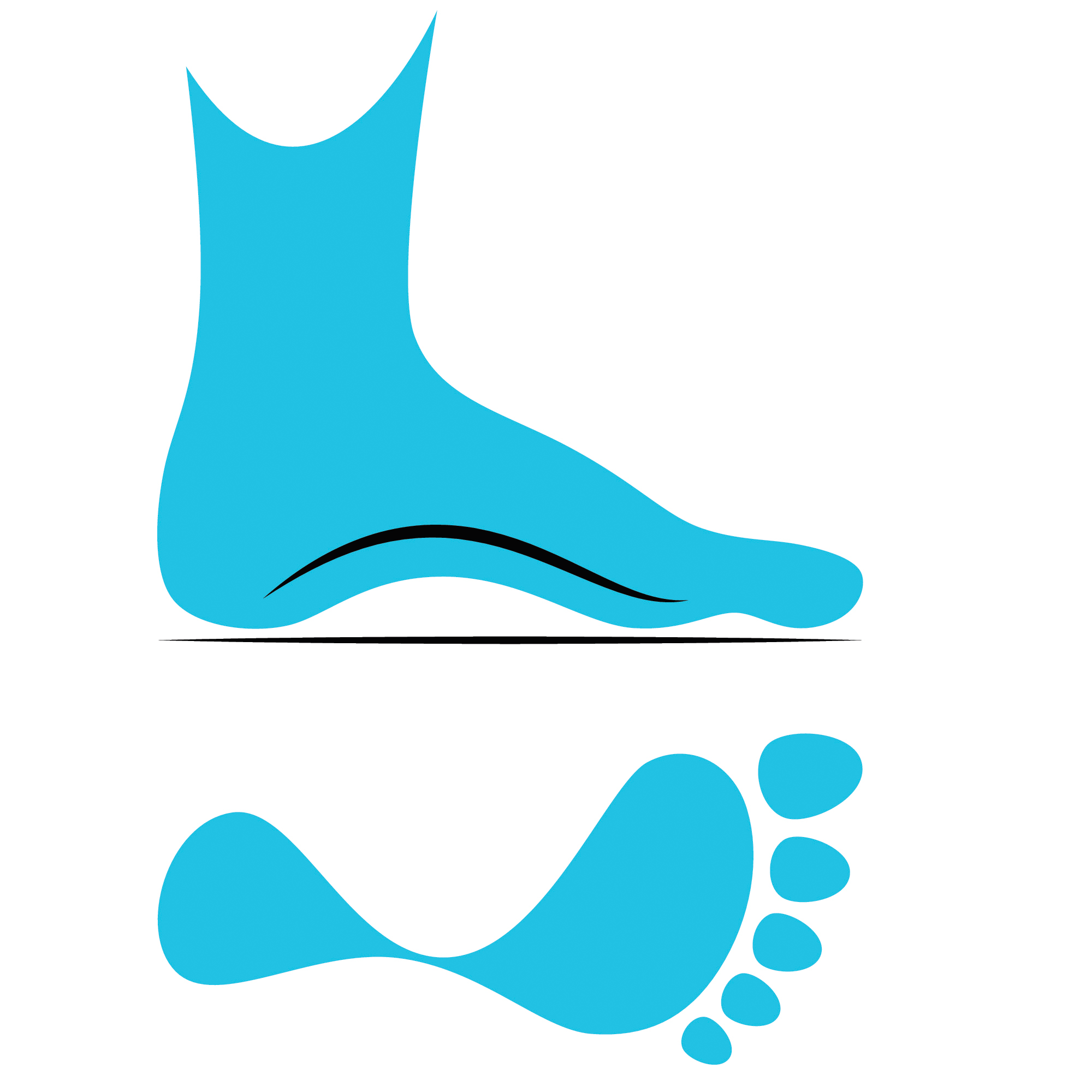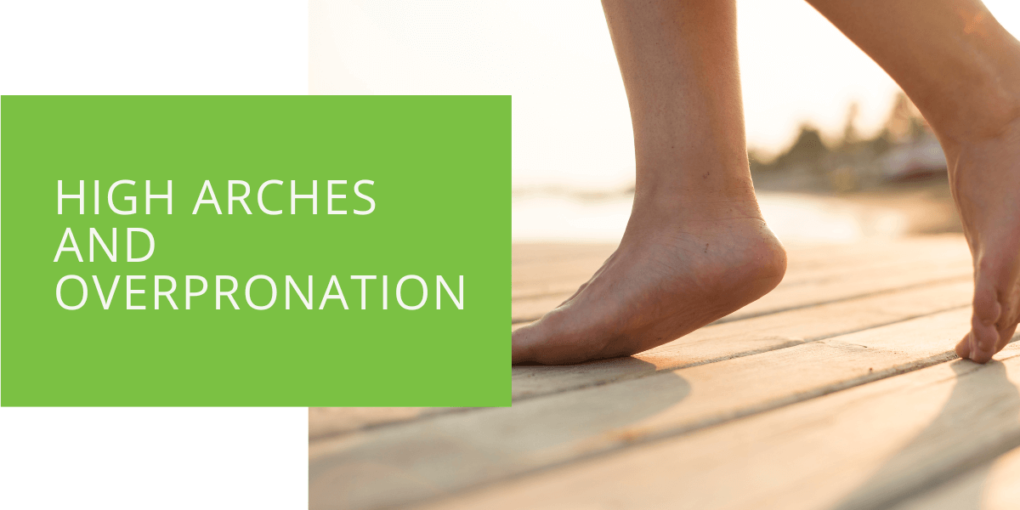Understanding High Arches and Overpronation
Are you dealing with foot pain and discomfort caused by high arches and overpronation? If so, you are not alone. These conditions affect millions worldwide and can cause many problems that interfere with daily activities and quality of life. Understanding the causes, symptoms, and treatment options for high arches and overpronation is crucial to managing these conditions effectively. This article will explore high arches and overpronation in detail, including their causes, symptoms, diagnosis, and treatment options. Whether you have been recently diagnosed or have been living with these conditions for some time, this article will provide the information you need to take control of your foot health.
What Are High Arches?
High arches, also known as cavus foot, are conditions where the foot arch is higher than normal. People with high arches have a more prominent arch, which may cause the foot to roll outward or supinate when walking or standing. This can lead to various problems, including foot pain, plantar fasciitis, and ankle instability.
Symptoms and Complications of High Arches
The symptoms of high arches can vary from person to person but may include the following:
- Arch pain or discomfort
- Calluses or corns on the ball, heel, or side of the foot
- Ankle instability or sprains
- Claw toes or hammertoes
- Inability to wear certain shoes
- Difficulty with balance or walking on uneven surfaces
- Foot or leg fatigue or cramping
If left untreated, high arches can cause further complications, such as stress fractures, metatarsalgia (pain in the ball of the foot), and Achilles tendonitis.
Causes of High Arches
High arches can be caused by a variety of factors, including:
- Genetics: Some people are born with high arches or have a family history of the condition.
- Neurological conditions: High arches can be associated with neurological conditions such as cerebral palsy, spina bifida, or Charcot-Marie-Tooth disease.
- Muscle or nerve disorders: Conditions that affect the muscles or nerves in the feet, such as muscular dystrophy or peripheral neuropathy, can cause high arches.
- Trauma or injury: An injury to the foot or ankle, such as a sprain or fracture, can lead to high arches.
- Inadequate arch support: Wearing shoes that do not provide adequate arch support can also cause or worsen high arches.

What Is Overpronation?
Overpronation is when the foot rolls inward excessively when walking or running. This can cause the arch of the foot to flatten or collapse, leading to a range of problems, including flat feet, plantar fasciitis, and shin splints.
Symptoms and Complications of Overpronation
The symptoms of overpronation can include:
- Arch pain or discomfort
- Knee pain
- Heel pain, especially in the morning
- Lower back pain
- Shin splints
- Bunions or hammertoes
- Calluses or corns on the ball or heel of the foot
If left untreated, overpronation can lead to further complications, such as stress fractures, metatarsalgia, and plantar fasciitis.
Causes of Overpronation
Overpronation can be caused by a variety of factors, including:
- Genetics: Some people are born with a natural tendency to overpronate.
- Flat feet: People with flat feet are more prone to overpronation.
- Muscle or joint imbalances: Weakness or tightness in certain muscles or joints can cause overpronation.
- Improper footwear: Wearing shoes that do not provide adequate support or stability can contribute to overpronation.
- Repetitive motion: Repetitive motion activities, such as running or jumping, can also contribute to overpronation.

How Are High Arches and Overpronation Related?
High arches and overpronation are related because they can cause the foot to be more rigid and less flexible. When a person with high arches walks or runs, their foot is more likely to roll outward or supinate, which can put extra pressure on the outside of the foot. This can lead to overpronation as the foot compensates for the lack of flexibility.
The relationship between high arches and overpronation can cause many problems, including foot pain, plantar fasciitis, and knee and back pain. People with high arches and overpronation may benefit from custom orthotics, which can provide arch support and help to correct the gait.
Diagnosing High Arches and Overpronation
To diagnose high arches and overpronation, a podiatrist will perform a physical examination and ask about the patient's symptoms and medical history. The podiatrist may also order imaging tests, such as X-rays or MRI, to assess the foot's structure and detect any underlying conditions contributing to the high arches or overpronation.
Differential diagnosis may also be necessary to rule out other conditions causing the patient's symptoms, such as stress fractures, tarsal tunnel syndrome, or plantar fasciitis.
Treatment Options for High Arches and Overpronation
The treatment options for high arches and overpronation depend on the severity of the condition and the underlying cause. Non-surgical treatment options may include:
- Custom orthotics: Custom-made shoe inserts that provide arch support and help to correct the gait.
- Proper footwear: Wearing shoes that provide adequate arch support and stability can help to prevent further damage to the feet.
- Physical therapy: Stretching and strengthening exercises can help to improve flexibility and muscle strength in the feet and ankles.
- Ice and rest: Resting the feet and applying ice to the affected area can help to reduce pain and inflammation.
In more severe cases, surgical treatment may be necessary to correct the underlying problem. Surgery may involve realigning the bones in the foot or ankle or fusing the bones to provide additional support.

Prevention and Management of High Arches and Overpronation
To prevent high arches and overpronation, it is important to wear proper footwear that provides adequate arch support and stability. People with high arches and overpronation should also avoid repetitive activities such as running or jumping, which can exacerbate the condition.
Stretching and strengthening exercises can help to improve flexibility and muscle strength in the feet and ankles, which can help to prevent further damage to the feet. People with high arches and overpronation may also benefit from wearing custom orthotics or shoe inserts, which can help to correct the gait and provide additional support and cushioning.
Conclusion
High arches and overpronation are common foot conditions that can cause various problems, from arch pain and plantar fasciitis to knee and back pain. People with high arches and overpronation should seek medical attention from a podiatrist to receive an accurate diagnosis and treatment plan.
Treatment options may include custom orthotics, proper footwear, physical therapy, ice and rest, or surgery in more severe cases. Prevention and management of high arches and overpronation involve wearing proper footwear, avoiding repetitive motion activities, and stretching and strengthening exercises to improve flexibility and muscle strength in the feet and ankles.
By understanding the causes, symptoms, diagnosis, treatment, and prevention of high arches and overpronation, people with these conditions can take steps to manage their foot health more effectively.

